tours-image-block-two-column-1-en
Inleidende paragraaf
Lorem ipsum dolor sit amet id erat aliquet diam ullamcorper tempus massa eleifend vivamus.
Lorem ipsum dolor sit amet id erat aliquet diam ullamcorper tempus massa eleifend vivamus.
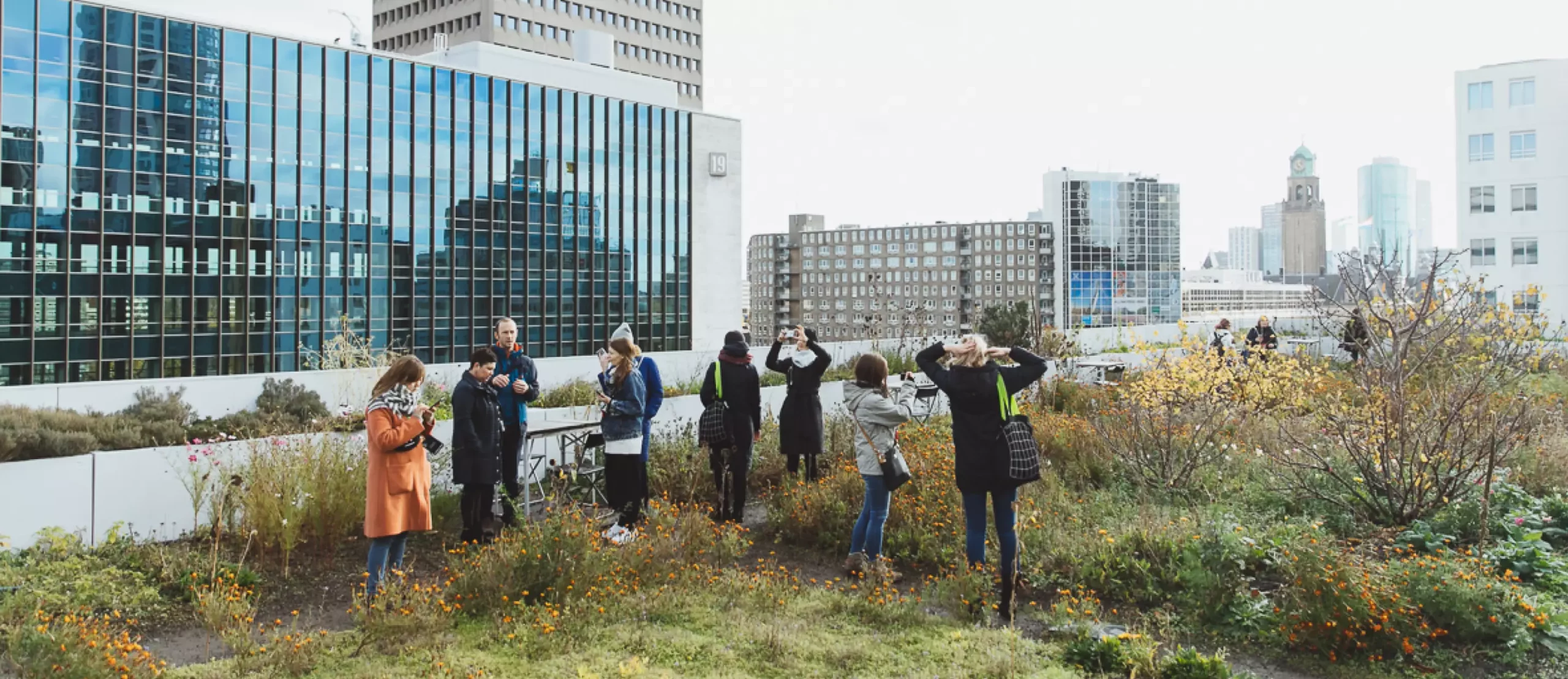
Like every big city nowadays, Rotterdam is facing new challenges in becoming a green, climate-proof, liveable and affordable city. Luckily this viable city, with its modern architectural tradition, is apt to take up these challenges. This also includes a transformation of the port of Rotterdam, which aims to play a leading role in the global energy transition (learn more in the M4H and RDM excursions M4H en RDM linken). Together with a guide, you’ll discover which sustainable solutions are being developed in Rotterdam at the moment.
Three inspiring examples:
Eco-district Leonidas
On the former terrain of hockey club Leonidas in the neighbourhood the Esch, the municipality of Rotterdam started a project in which individuals can, under certain conditions, design and create their own sustainable dream house. Slowly this new residential area with a fully green character is forming and expanding itself. As long as the houses meet all the sustainability requirements that were set by the municipality, almost everything seems to be possible in the new eco-district Leonidas. That way, a totally new and truly unique part of Rotterdam is being formed. With its wide diversity in styles and various sustainable building solutions on a relatively small surface, eco-district Leonidas is a true showcase of contemporary innovative architecture.
DakAkker and Waterplein
Two innovative examples of climate adaptation can be found on the edge of the city centre. The largest open-air rooftop farm is located on top of the creative collective workspace the Schieblock. The DakAkker brings more biodiversity, reduces heat stress in the city and also provides small-scale local food production. Close by, the Bentheimplein has been transformed into a smart and future-proof Waterplein in collaboration with students from the surrounding schools. Special reservoirs collect the excess rainwater to relieve the sewage system. On dry days, the square is a spectacular sports field for the students.
Eiland van Brienenoord
In the middle of the city, underneath the impressive van Brienenoordbridge, a tiny island is hidden with wild fruit trees, wild birds and a small herd of Schottish highlanders. The wide range of biodiversity on the Eiland van Brienoord makes you forget you’re still in town. Besides discovering nature, the cultural centre Buitenplaats Brienoord facilitates a wide range of activities on the island for inhabitants and visitors to think about the future of Rotterdam.
Type
Prijs/Duur
Start Locatie
Boek nu
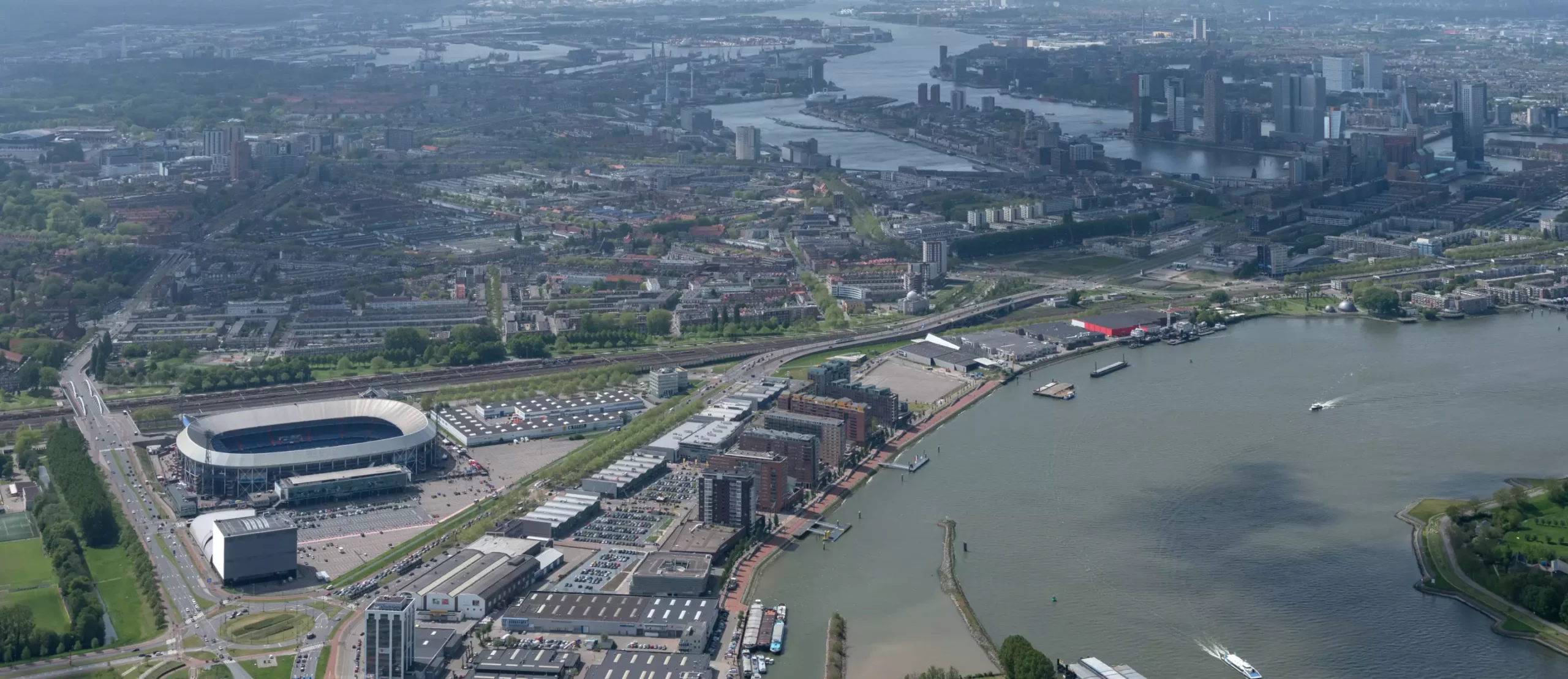
Nineteenth-century harbours and neighbourhoods
Halfway through the nineteenth century, the inhabitants of Rotterdam move southwards. At the island of Feijenoord and around Katendrecht they develop harbours and accompanying neighbourhoods for the dock workers. The city districts like Feijenoord, Afrikaanderwijk, de Kaap, Hillesluis and Bloemhof each have their particular history which is embedded with contemporary themes like gentrification, energy transition and social cohesion.
Garden cities and ‘concrete villages’
Rotterdam-South is the nursery for experimental public housing in The Netherlands. A lot of the neighbourhoods were built in the nineteenth century with new and modern ideas and principles to provide good and affordable housing for the working class. Famous are the garden cities and ‘concrete villages’ like Vreewijk and Heijplaat; Kiefhoek, Stuhlemeijer and the Kossel. About a century later, these neighbourhoods provide a fascinating image of time.
Large-scale projects
To enhance the liveability of Rotterdam-South, large scale projects are being developed at the South bank such as the Stadionpark (Feyenoord City) and Hart van Zuid (Heart of South). In the latter transformation, the new theatre Zuidplein and the first Olympic swimming pool of Rotterdam are being realised. In Charlois, the municipality and various Rotterdam-based education organisations are working on Cultuur&Campus (Culture and Campus), which will open as a new cultural hotspot at the end of this decade.
The optimism of the garden cities after WWII in Rotterdam-South
After World War II, innovative city districts were developed along the outskirts of the city to cover the enormous housing shortage. Modern architects worked under the direction of municipal urban developer Lotte Stam-Beese to design the ideal garden city. Together they developed the ‘wijkgedachte’, in which every neighbourhood within a district has its own facilities to improve social cohesion within the city. Neighbourhoords like Pendrecht, Zuidwijk, Lombardijen and Groot-IJsselmonde are primary examples. While these areas are still open and modern in design, their optimistic character has faded to the background. Nowadays, there are new social and cultural initiatives to reinvent these garden cities in the twenty-first century.
Type
Prijs/Duur
Start Locatie
Boek nu
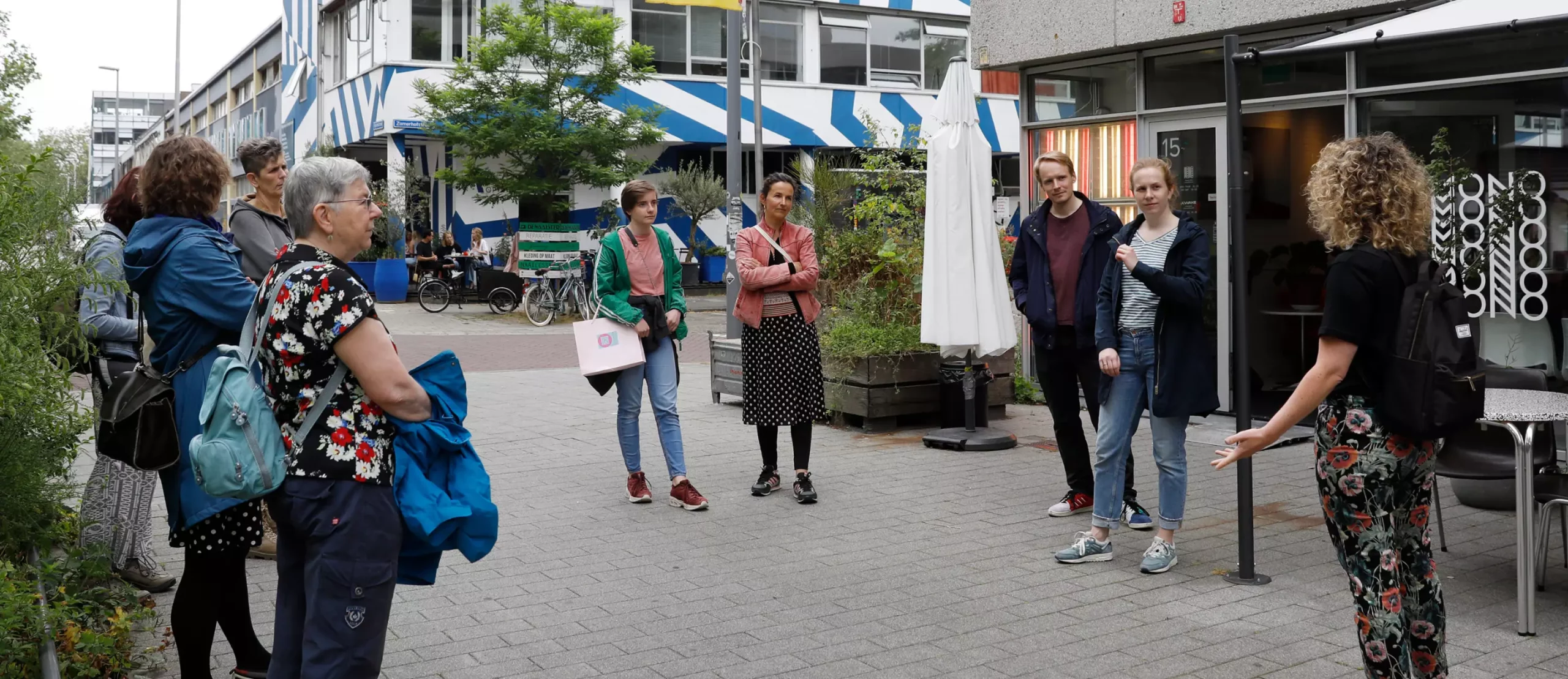
In just a few years, a complete wasteland was transformed into a lively area that is now bustling with life. The central axe of this all is the striking bright yellow boardwalk: the Luchtsingel. The initiator behind this drastic urban intervention was architecture office ZUS. They moved their own office to the Schieblock, an icon of the rebuilding period in Rotterdam. Once they were in place, they gathered all sorts of creative agency’s around them, starting with small start-ups, but later even attracting established cultural entrepreneurs, clubs and festivals.
The 350-meter-long Luchtsingel formed the collective element with which ZUS blew new life into an area that had become in decay and isolated. It was this elongated wooden construction that became the backbone of a large urban development project. Within no time, the Central District – with the brand-new Central Station as its centrepiece – and the renovated Hofbogen got connected in an innovative way, resulting in an uplift for the entire area. If you would stroll along the Luchtsingel nowadays, you’d see that there are many different things to enjoy. From drinks in a sunny backyard to dancing in Rotterdam’s latest pop temple and from urban farming on a roof to jumping on a trampoline in the Pompenburg Park.
Now that the district is finally ‘finished’, fresh ideas for a new transformation are lurking around the corner again. In a 60-minute tour, you’ll walk on, under, along with and especially over the projects that ZUS realized over the past years in an area that is once more standing on the brink of new developments. Together with a guide, you’ll discover how this zone is still changing and you’ll hear everything about the latest plans.
Type
Prijs/Duur
Start Locatie
Boek nu
Lorem ipsum dolor sit amet id erat aliquet diam ullamcorper tempus massa eleifend vivamus.
Lorem ipsum dolor sit amet id erat aliquet diam ullamcorper tempus massa eleifend vivamus.
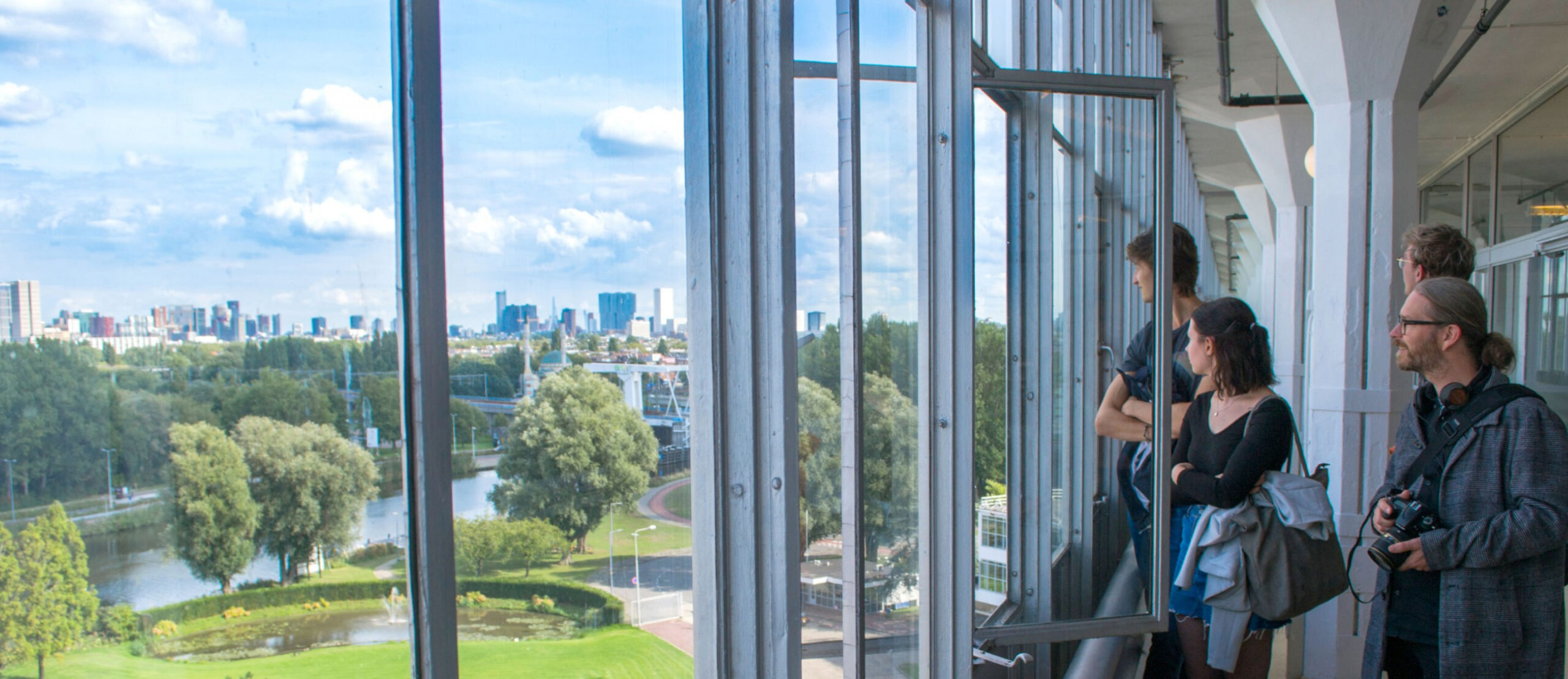
The factory is world famous for its progressive design, in which air, light and space gained an entirely new role in architecture. It is without a doubt one of the most extraordinary buildings in town. Even Le Corbusier called it “the most beautiful spectacle of the modern age”.
Curious to discover the Van Nelle Factory for yourself? UrbanGuides is proud to say that we’ve been organizing tours of this renowned ‘glass palace’ since 2004. During a one hour walk the architecture, production process and the transformation of the factory will come to life. With an experienced Van Nelle-guide you’ll experience the building from inside out and discover why this groundbreaking design was of great architectural importance.
The Van Nelle Factory is one of the various modernist buildings that UrbanGuides is able to elaborate on in a tour. Other examples are the Sonneveld House and the former working-class neighborhood the Kiefhoek. On request we can work out a full customized modernist one or multiple day schedule for you and your party.
Public tours: Would you rather join one of the Public tours we organize these every Saturday with the Chabot Museum? Then please look here for more information.
Type
Prijs/Duur
Start Locatie
Boek nu
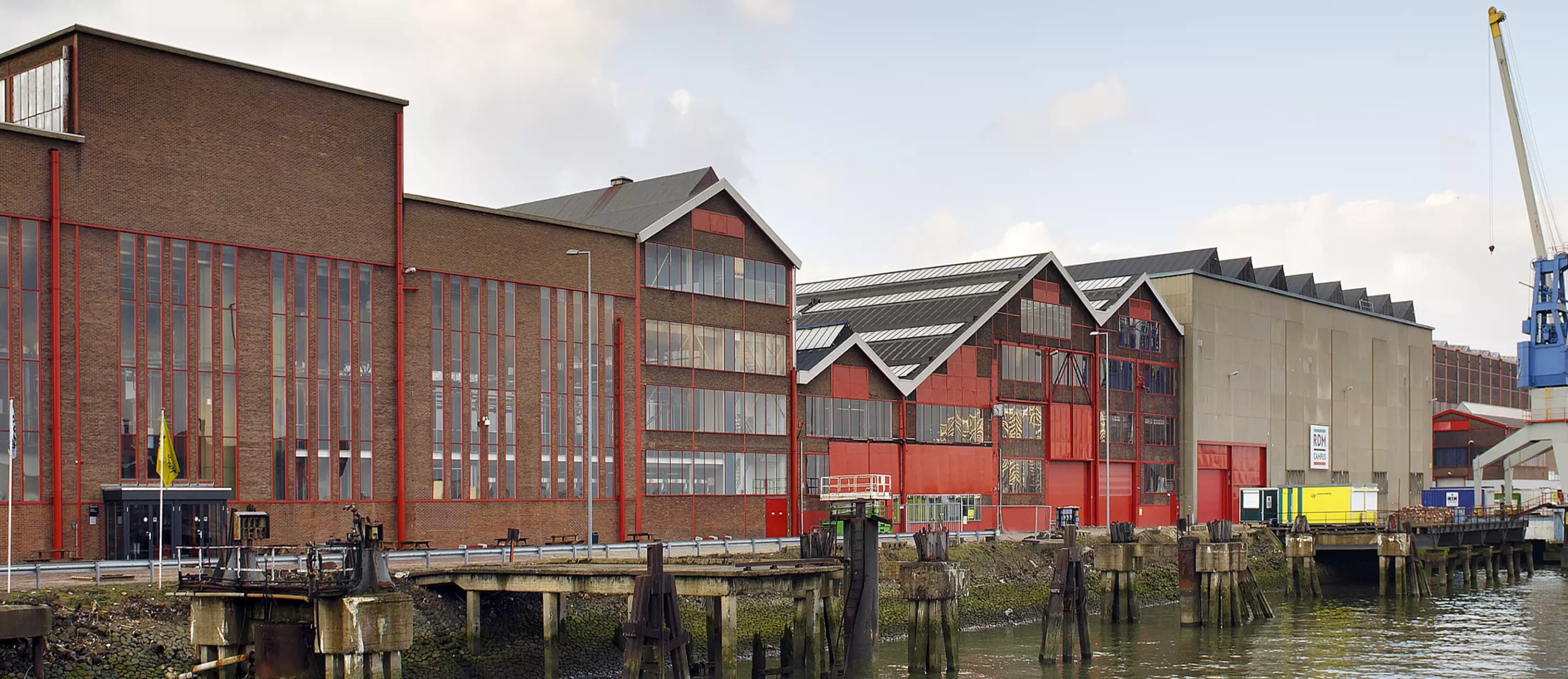
When the RDM was founded in 1902, its employees started living in the nearby factory town, which was specially built for that purpose. Together with the quarantine buildings, this whole area formed a remarkable enclave in the modern harbour city of Rotterdam. Nowadays it can be seen as one of the former harbours with the most important cultural and historical value in town. The old head office, with its most important parts dating back to the 1913 – 1916’s, has been renovated completely. It has a monumental marble floor and a boardroom and supervisory room in Art-Deco style.
Go on a tour with UrbanGuides and experience the dry dock where once the ss Rotterdam was built as the educational campus it is today. Together with an architecture guide, you’ll visit the former machine hall, now known as the Innovation Dock, an industrial dock with a surface of some 23.000 m2 and heights up to 20 meters. Nowadays it is a place where education and entrepreneurs work together on the design of sustainable and innovative solutions in the fields of construction, mobility and energy. They cooperate under the motto Research, Design & Manufacturing (RDM).
During a walk over the Heijplaat, you’ll explore the area together with an architecture guide. Along the way, you’ll get an insight into how, while maintaining the historical atmosphere, the RDM was transformed into the campus of the technical faculties of the Hogeschool Rotterdam, the Albeda College and many innovative companies, from start-ups to big players.
For reservations and more information about the tours, you can contact the RDM information centre via telephone number 0031 10 – 252 44 72 or by sending an e-mail to rondleidingenrdm@portofrotterdam.com.
Type
Prijs/Duur
Start Locatie
Boek nu
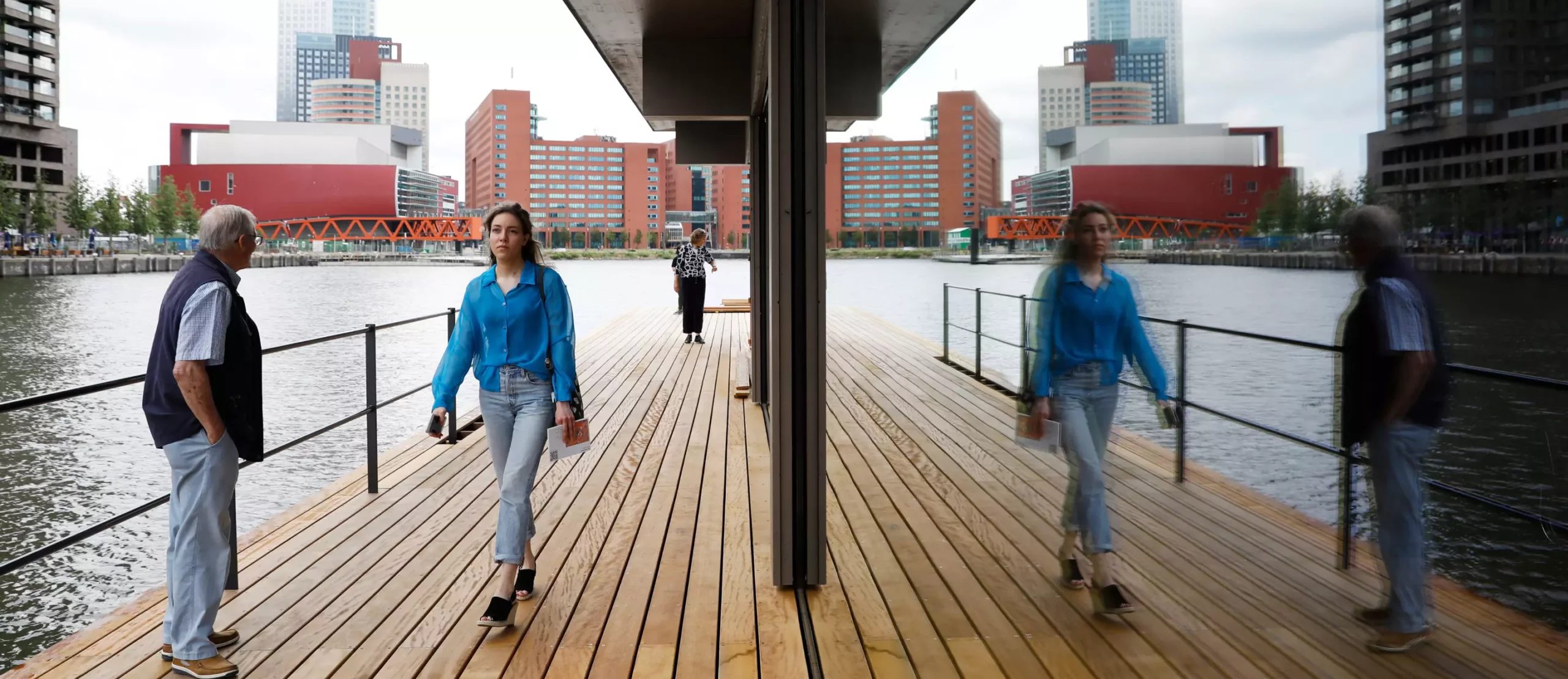
The high rise on the Wilhelmina pier and Katendrecht are the result of some 30 years of urban development around the former Rijn harbour. During this period a lot of effort went into bringing together the north and south banks and connecting them into one big city centre along the river. A big change was brought along by the Erasmus bridge, which made the Southbank instantly so much more accessible. The Wilhelmina pier started to develop itself from a deserted dockland into a mundane part of the city centre. World-famous architects, such as Rem Koolhaas, Alvaro Siza Vieira and sir Norman Foster left their landmarks at the pier. On this small peninsula, you’ll find the three tallest buildings of the Netherlands and OMA’s The Rotterdam is known as the building with the biggest volume on the European continent.
Katendrecht started its redevelopment a little less ambitious, but with the Fenix Lofts and the Groene Kaap, the area is adopting the shine of its brother the Wilhelmina pier. Katendrecht will be a remarkable residential area once more, with its infamous dockland past and its shiny new architectural designs as a promise for the near future.
In an architecture tour with UrbanGuides, you’ll walk along the Wilhelmina pier and Katendrecht, crossing spectacular residential towers, monumental warehouses, industrial silos and cargo bike neighbourhoods. A professional guide will tell you everything there is to know about the historical land future developments of these areas and who was at the base of these plans. The architecture of a harbour city at its best!
Type
Prijs/Duur
Start Locatie
Boek nu
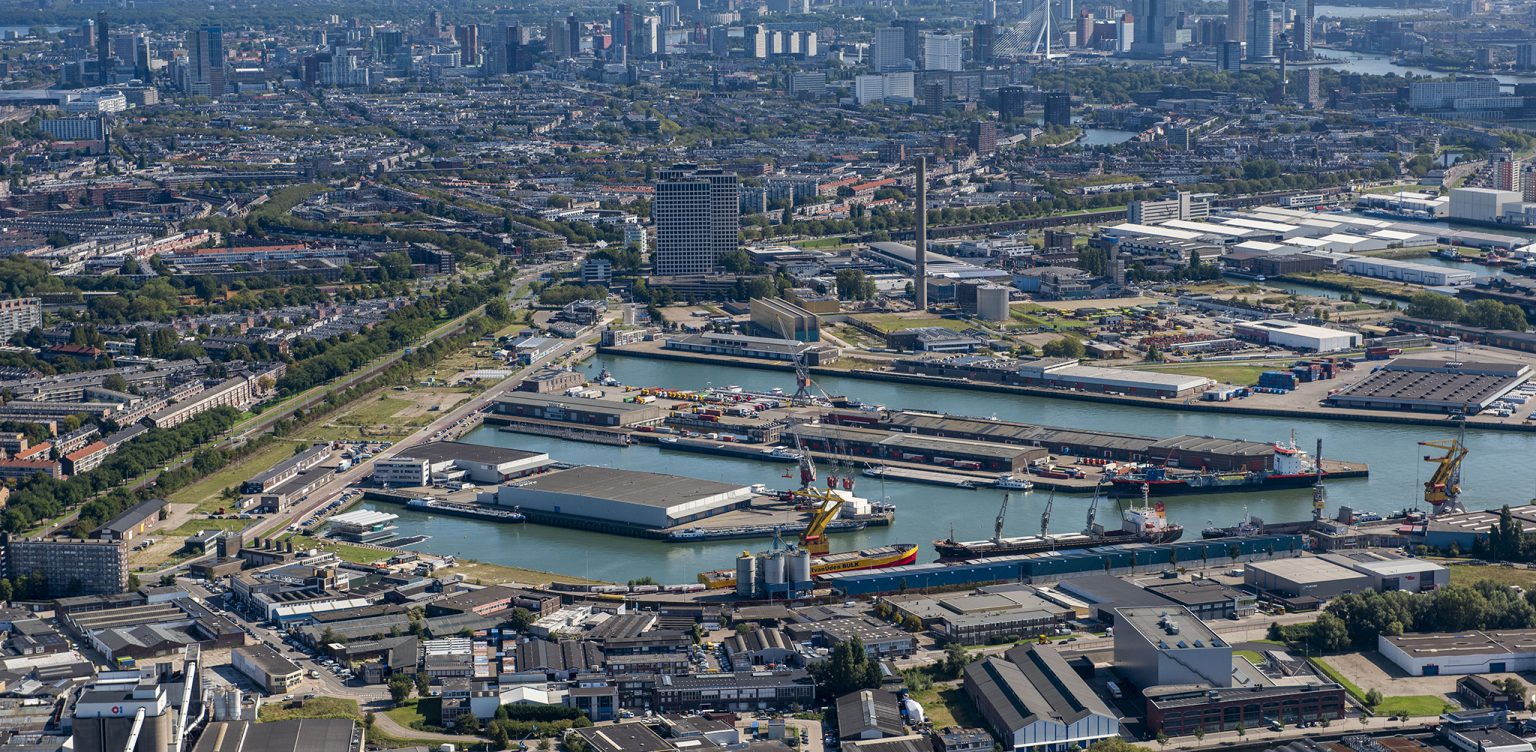
Now that the harbour is shifting towards areas further away from the city centre, places like the Merwe Vierhaven become experimental zones, which Rotterdam can actively transform into a progressive part of town and invest in its sustainable future.
The M4H-area forms, together with the RDM-campus on the other side of the river, the so-called Rotterdam Maker’s District, the place where young developers, start-ups and sustainable entrepreneurs and artists will be able to flourish.
Join a tour by UrbanGuides, and discover that there is a lot of industrial heritage from the former harbour hidden within the M4H-district. There are even designs by renowned architects such as Maaskant and bureau Brinkman & Van den Broek. Striking icons are the HAKA-building, the auction hall that was specially built for the goods that were coming in in the fruit harbour, Departure Hall Oranje and the notable Europoint Towers. Along the route, you will pay a visit to several of the pioneers and extraordinary locations, such as the Floating Far, the Keilepand, Atelier van Lieshout and Studio Roosengaarde.
A professional guide will lead the way through this upcoming part of town and tell you all about the history of this early 20th-century harbour, how the port was relocated and what is and will be in store for this district in the near future.
For reservations and more information about the tours, you can contact the RDM information centre via telephone number 0031 10 – 252 44 72 or by sending an e-mail to rondleidingenrdm@portofrotterdam.com.
Type
Prijs/Duur
Start Locatie
Boek nu